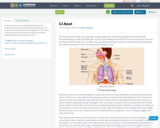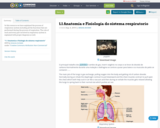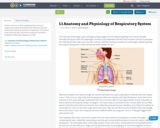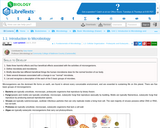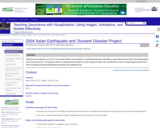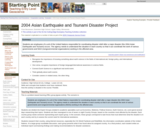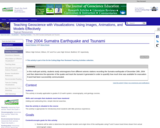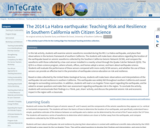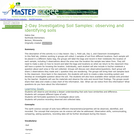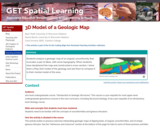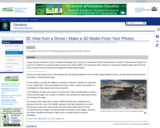Long Description: Authors and editors: Haley Zanga, Audrey Boraski, Alana Olendorf, Marisa …
Long Description:
Authors and editors: Haley Zanga, Audrey Boraski, Alana Olendorf, Marisa Benjamin, Haley Fantasia, Simone McEwan, Jaime Marsh, Melissa Wydra, Will Trautmann, Emily Michaeles, Maddi Ouellette, Andrew Fuhs, Allie Tolles, Suki Graham, Mary Swain, Devon Audibert, Sarah Larsen, Emma Verville, Tim Brodeur, Jason Charbonneau, Christian Paparazzo, Bryce Chounard, Malisa Rai, Jennifer Rosado, Morgan Tupper
Chief Editors, final revision: Haley Zanga, Audrey Boraski, Alana Olendorf
Chief Editor, first draft: Andrew Fuhs
Managing Editors and Editorial team leaders, first draft: Bryce Chounard, Emily Michaeles, Maddi Ouellette
Word Count: 40031
(Note: This resource's metadata has been created automatically as part of a bulk import process by reformatting and/or combining the information that the author initially provided. As a result, there may be errors in formatting.)
